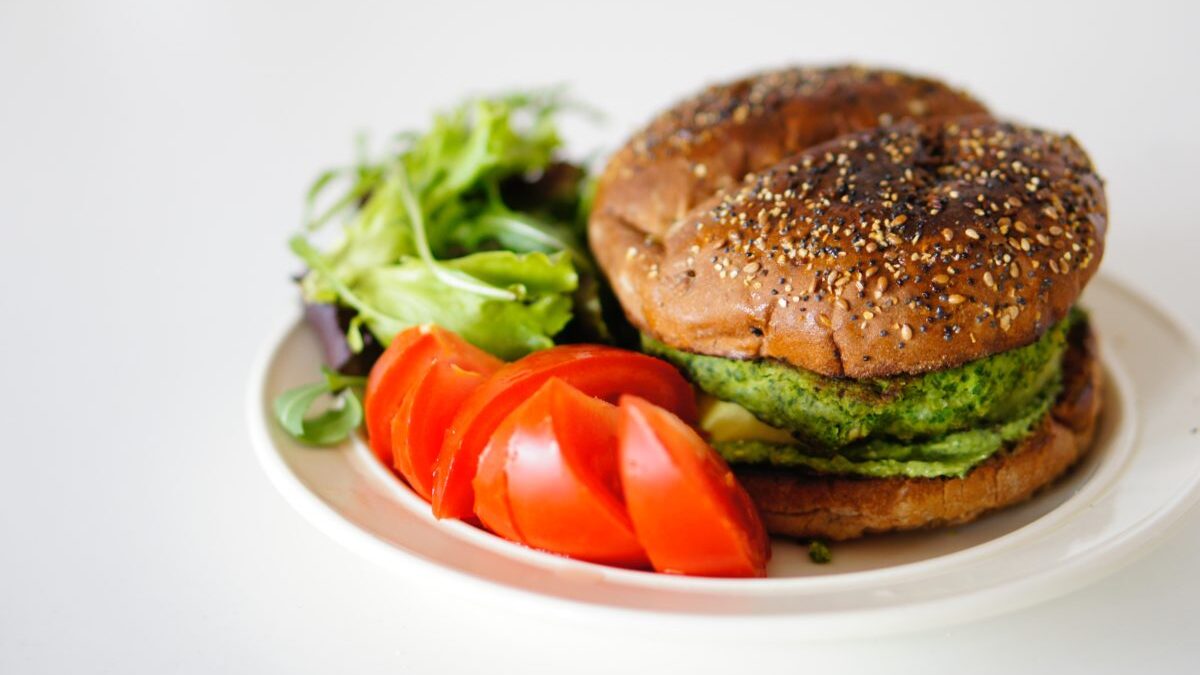“Eat food. Not too much. Mostly plants.” I have been thinking about Michael Pollan’s well known quote recently. Plant-based meat alternatives are a booming business. While still a fraction of meat consumption, which is at record levels in the U.S., they are growing. Led by Beyond Meat and Impossible Foods, it is drawing interest beyond vegans and vegetarians. I have even heard vegans describe them as a “gateway” to a more plant-rich diet. But what does that mean?
Plants enjoy a well-deserved health halo, but when you automatically include highly processed plant-based foods in that group you are moving away from the core of Pollan’s advice. This dichotomy has confused me with the plant-based movement, and there is evidence of pushback. The Beyond and Impossible burgers have 18 and 21 ingredients respectively as opposed to one in a traditional burger. The highly concentrated pea protein in the Beyond Burger is triggering allergy concerns. Even use of the word “burger” is in dispute, and nutritionists are beating the “moderation” drum. Pollan was telling us to move away from highly processed foods, and eat more food, whether meat or plant, in its natural form.
A colleague recently went to the first Plant Based World Conference and Expo. One thing she noted was the absence of plants. A client, Yondu Vegetable Essence, was there cooking vegetables. Probably the only exhibitor where one could find actual plants. They promote their umami rich seasoning for enhancing the flavor of vegetables prepared at home. The umami helps to enhance the sweetness, reduce the bitterness and allow you to reduce your use of salt. This is where I make the distinction for “plant-forward.” It is food in its natural form, which Pollan is talking about. Rather than eat protein extracted from peas, just eat the peas.
Pollan also says “mostly plants” in his advice. The dietary guidelines reflect this, with most of MyPlate taken up by fruits, vegetables and grains. It does leave room for meat, which we are eating at record levels. Consumers are looking for better meat from animals raised responsibly. I’m fortunate to work with clients that include geographically protected prosciutto, organic chicken that can be traced back to the farm, and angus beef with a first-of-its-kind DNA-based traceability system and raised to animal welfare standards written by Temple Grandin. They are not the cheapest options, but we see consumers willing to spend a little more when they know it is worth it. That becomes a big part of the story we tell.
The most important factors for a sustainable diet are that you enjoy it and you can afford it. If you want a beef burger, enjoy. If you want to go meatless on Mondays, go for it. Just go into it knowing what you are eating and not just to chase a fad or not considering the full process of how that food arrived to your plate. That was Pollan’s ultimate advice. Think.
For more insights on communication and brand strategy, industry trends and more, subscribe today to the Weekly Buzz here.

